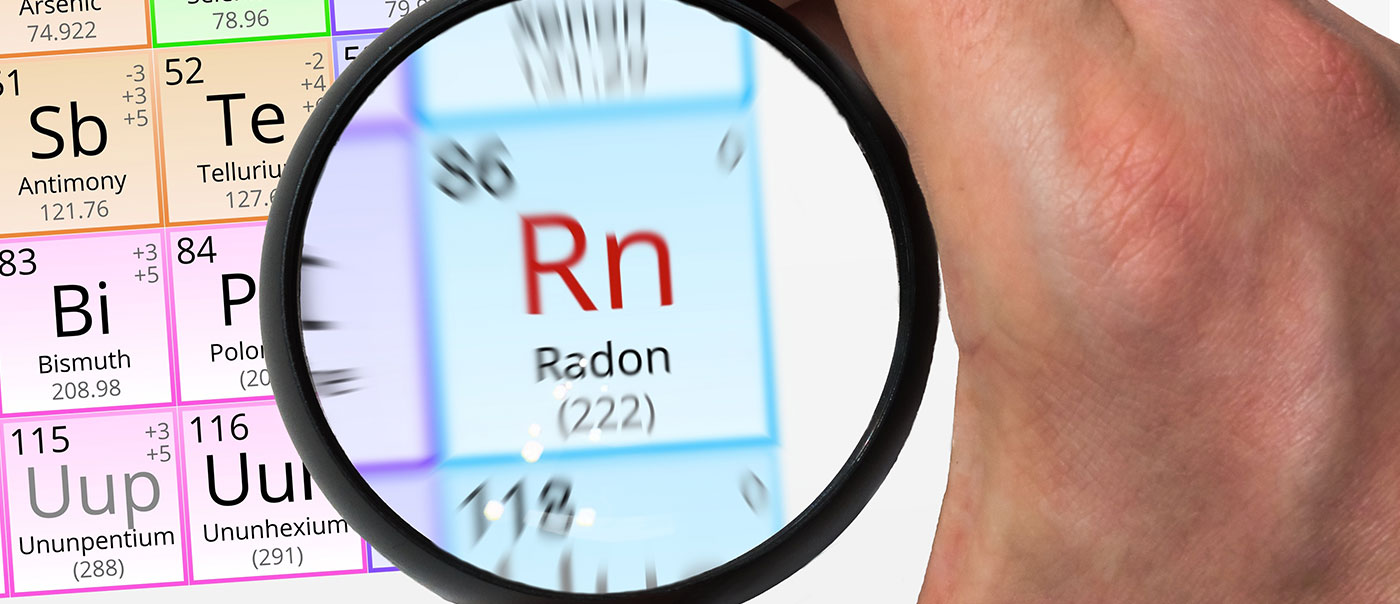Radon is a radioactive gas that can seep through cracks in the foundation, drains, sump pumps and exposed soil and can accumulate to dangerous levels in residential homes. Although it is a member of the noble gas family, it is anything but noble. An indoor radon level of 200 Bq/m³ (becquerels per cubic meter) or higher poses significant health risks for occupants and may require amendments to make the home safe. The good news is excessive radon levels can be successfully mitigated in every type of home.
As part of Radon Action Month, members of The Canadian Real Estate Association’s Federal Affairs Committee were provided alpha track long-term radon test kits and a mission: test your home and document your motivation for getting tested for Canadian homeowners.
Four members took the challenge. Here are their results, along with their reasons for testing:




Whatever your reason, radon testing is a must for all Canadian homeowners. Now is the perfect time to test your home because windows are closed and the furnace is on. Educate yourself on the dangers of high indoor radon and the testing process. Share our publication A Homeowner’s Guide to Radon and this blog with your clients and tap into national conversations on radon using the #RadonActionMonth.




